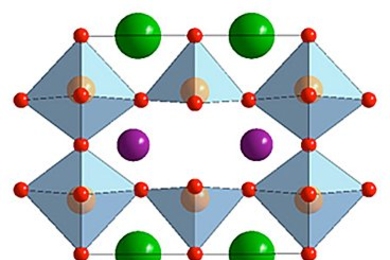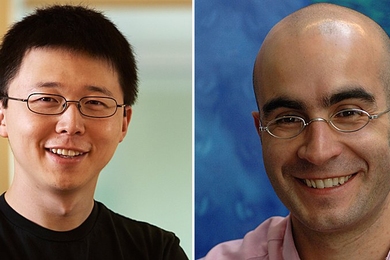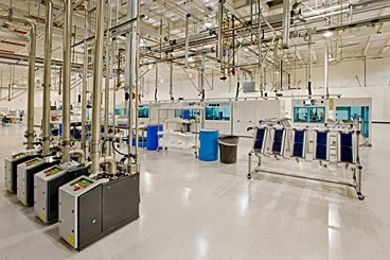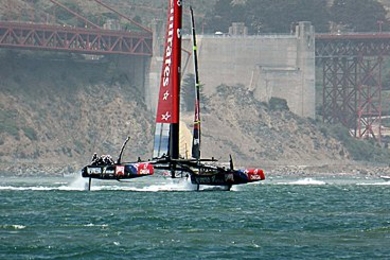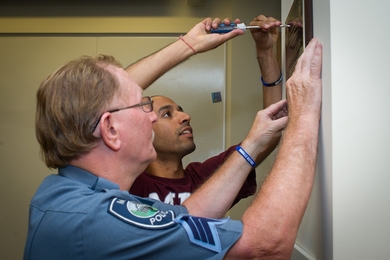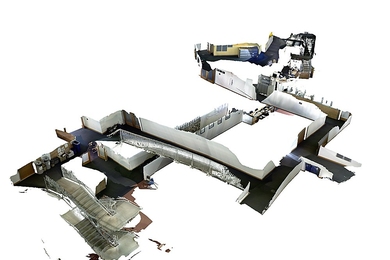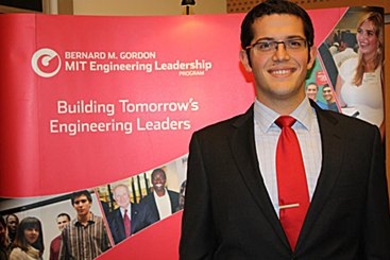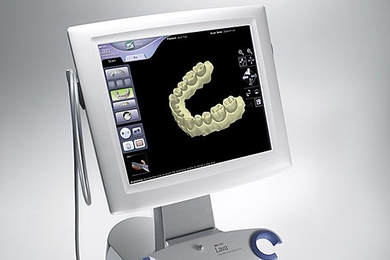New materials improve oxygen catalysis
Highly active catalysts could be key to improved energy storage in fuel cells and advanced batteries.
Two from MIT named to Popular Science's Brilliant 10 list
Pedro Reis and Feng Zhang recognized as young stars in science and technology.
Catalyzing the next generation of batteries
Professor Yang Shao-Horn works at the cutting edge of basic energy science research
In the World: Small Mexican village produces clean water with solar-powered system
MIT-developed system runs autonomously, producing 1,000 liters per day.
Solar-cell manufacturing costs: innovation could level the field
Study shows that factors other than wages dominate trends in photovoltaic costs, raising the prospect of competitive manufacturing anywhere.
How to get fresh water out of thin air
Fog-harvesting system developed by MIT and Chilean researchers could provide potable water for the world’s driest regions.
Q&A: Engineering professors on America’s Cup
Doug Hart, Paul Sclavounos and Jerome Milgram discuss the science behind the international sailing competition
3-D mapping in real time, without the drift
New technique creates highly detailed, accurate 3-D maps in real time.
Three from MIT receive AMSE awards
Mechanical engineering faculty recognized at ASME 2013 International Design Engineering Technical Conferences
Lemelson-MIT Program awards Jerome Lemelson Fellowship
Course 2 graduate Alfonso Perez receives funds to study in MIT's Master of Engineering in Manufacturing (MEngM) program
Dental scanner allows researcher to sink his teeth into entrepreneurship
Novel 3-D oral scanner, developed by MIT professor Douglas Hart and then sold to 3M, is helping dentists go digital.
